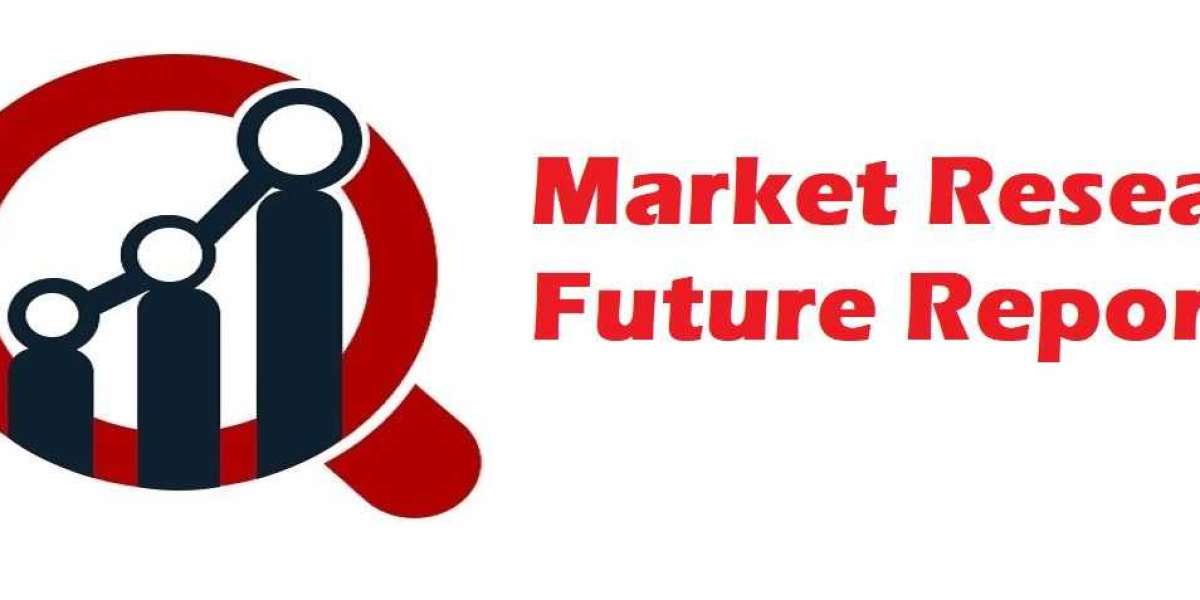Future Market Insights estimates that the Hyperphosphatemia Market will experience a rapid expansion between the years 2023 and 2033. By 2033, it is anticipated that worldwide sales of hyperphosphatemia medications will reach nearly US$ 20.24 Billion, and the market is expected to continue to grow at the same pace.
Various calcium-based phosphorus binders are being used in the present day as calcium supplements and can replace aluminum-based phosphorus binders. The development of new treatment therapies for hyperphosphatemia is being pursued across the globe by companies. Future generations will benefit from emerging treatments that will transform treatment dynamics. Market trends are shifting towards non-phosphate binders. Additionally, new products are being introduced in developing countries to propel hyperphosphatemia market growth.
A majority of dialysis patients with hyperphosphatemia are treated with phosphate binders, according to the National Center for Biotechnology Information (NCBI). The prevalence of chronic renal diseases is expected to significantly support the market's growth over the forecast period. With China's central government focusing on robust growth initiatives, it is predicted that demand for hyperphosphatemia medications will increase due to the country's expanding healthcare infrastructure.
Hyperphosphatemia syndrome is a medical condition characterized by elevated levels of phosphate in the blood. Phosphate is an important mineral that is necessary for various bodily functions such as bone formation, nerve function, and energy metabolism. However, excessive levels of phosphate can be harmful and can cause a variety of health problems.
Key Takeaways from the Market Study
- The global hyperphosphatemia market is expected to reach US$ 20.24 billion by 2033, growing at a CAGR of 4.8%.
- Iron-based phosphate binder is expected to grab 20% of the hyperphosphatemia market by 2023.
- North America accounted for 36% of the worldwide revenue generated by hyperphosphatemia in 2023.
- According to predictions for 2023, Europe will hold 25% of the global market.
- With more than 8% market share, the low serum calcium level test is the most popular test type for the hyperphosphatemia market.
“Researchers are studying more and more new drugs and therapies. In recent years, at-home test kits have gained popularity. A generics reimbursement program will reduce coverage for expensive therapies, says an analyst at FMI.
To learn more about this report @ https://www.futuremarketinsights.com/reports/hyperphosphatemia-market
Competitive Landscape
As companies with a wide geographic reach look to expand their product offering and develop more complex applications, they are taking collaborative steps to boost sales, from acquiring other businesses into their own to creating a more flexible medical system.
Strategic, profitable partnerships are helping competitors consolidate their market presence. By acquiring and partnering with companies, advanced technology can be used more effectively. Several deals are entered into by home health kits in order to expand their technology horizons.
- Biopharmaceutical company Ardelyx, Inc., founded to find, develop and commercialize innovative first-in-class medicines to address significant unmet medical needs, announced that three posters will be presented during Kidney Week 2022, which will be held in Orlando, Florida, from November 3-6, 2022. A phosphate absorption inhibitor (PAI) developed and discovered by Ardelyx for treating chronic kidney disease (CKD) suffering from dialysis patients is XPHOZAH (tenapanor).
- The RENAZORB bioequivalence (BE) study has concluded enrollment at Unicycive Therapeutics, a clinical-stage biotechnology company. Research is being conducted to develop RENAZORB (lanthanum dioxycarbonate) to treat hyperphosphatemia in kidney dialysis patients with chronic kidney disease.







